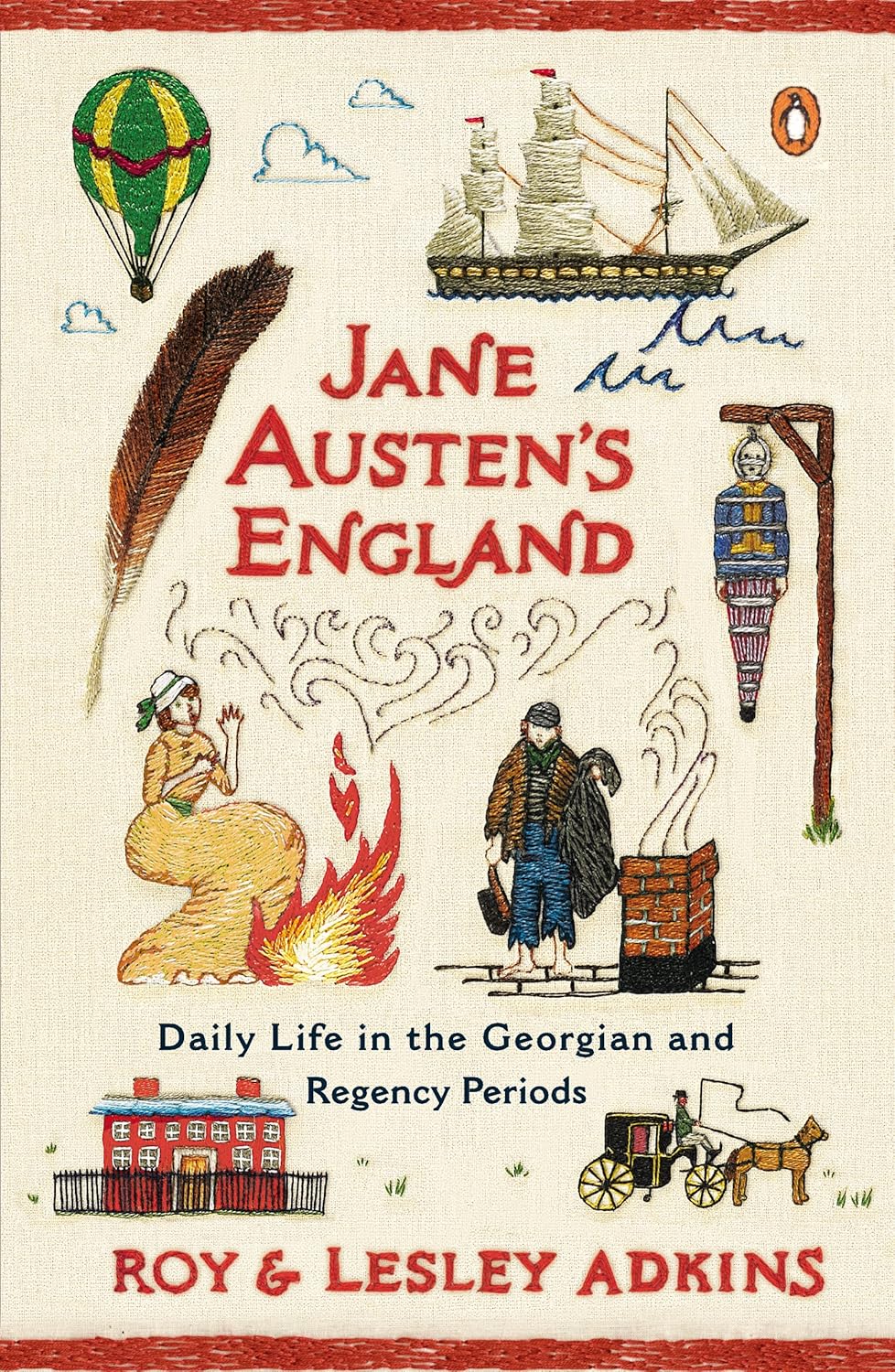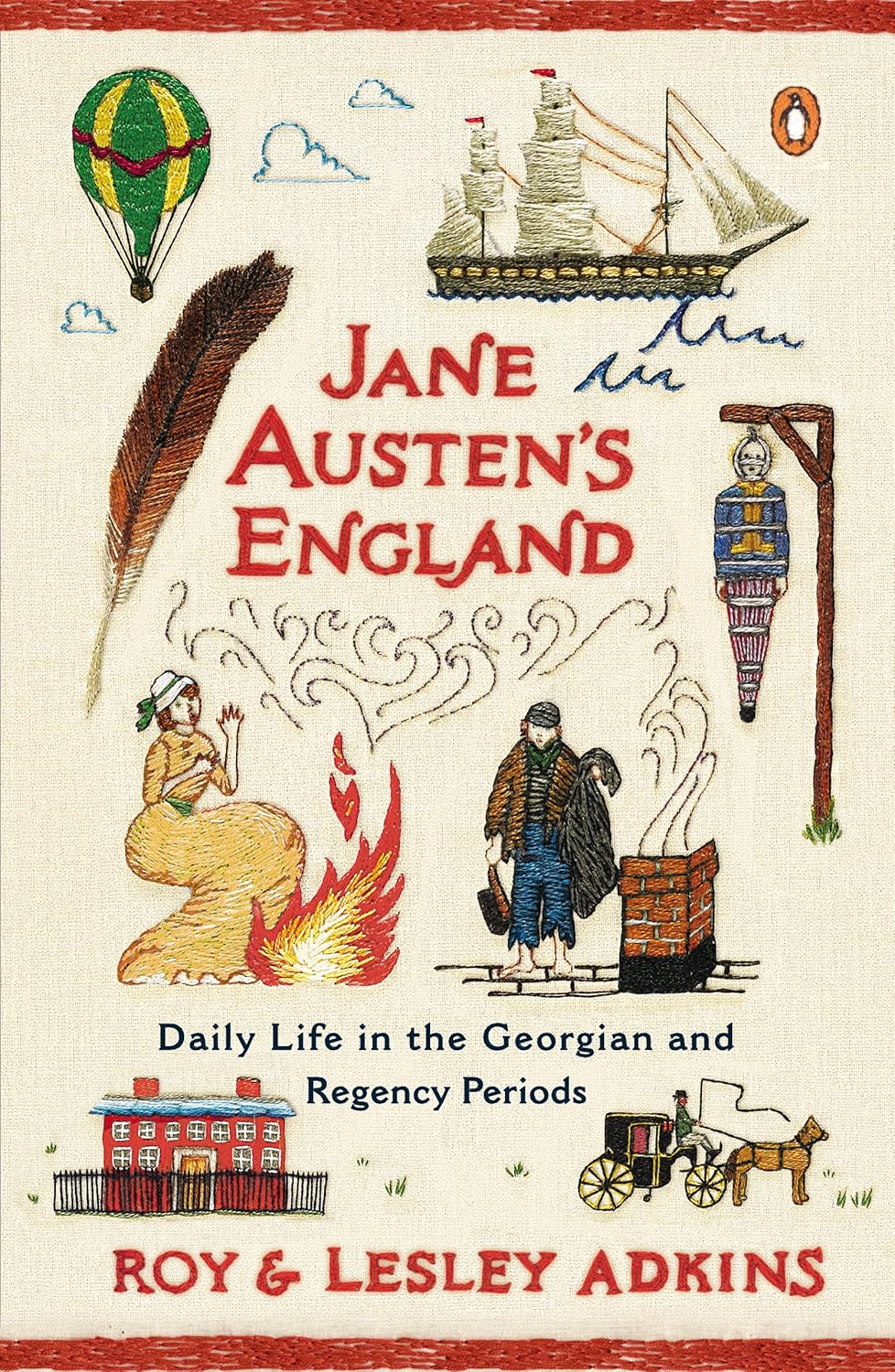As a passionate reader with a keen interest in historical fiction, when I stumbled upon Jane Austen’s England by Roy and Lesley Adkins, I knew I had to take the plunge. Having long been captivated by the world of Jane Austen through her novels, I was eager to dive deeper into the era that shaped her stories and characters. The book promises an authoritative account of everyday life in Regency England—an unmistakable draw for anyone wanting to connect the dots between historical context and the literary tradition it inspired.
The book is richly detailed and well-researched, offering insights into a diverse array of topics—from hygiene practices to social customs, marriage, and even the stark realities of crime and mortality during that time. I appreciated how the Adkins seamlessly integrated quotes from letters, diaries, and newspapers, granting readers access to an authentic portrayal that sometimes feels almost like time travel. Their vivid descriptions and storytelling style closely resonate with the work of Bill Bryson, as some readers have noted, making it a fun read despite its educational intentions.
One of the highlights of the book for me was the way it sheds light on the everyday lives of ordinary people who lived during Austen’s time. It dissects the contrasting lives of the wealthy gentry with those on the margins of society, giving a holistic view that goes beyond the often-idealized landscapes of love and courtship depicted in Austen’s novels. For instance, the paradox of life in a small village, where neighbors’ lives seemed intrinsically intertwined with gossip and social status, intrigued me—especially how it impacts young women, as some reviews pointed out.
However, the book does have its drawbacks. While it promises an in-depth look at the Regency period, an important critique that resonates with me came from a review by NJB, who mentioned that the direct connection to Jane Austen seemed weakened. I found that to be valid; there were moments in the text where I wished for deeper explorations of how historical events shaped Austen’s writings or her perspective as a woman in that era. Instead, it occasionally felt like the book skimmed the surface of her influence and legacy.
Additionally, while sections are meticulously organized, there were moments that some readers found tedious, as noted in other reviews. I can see why—there’s a lot of information packed in 445 pages, and not every section read smoothly for me. It took me a bit longer to get through some parts than I would have preferred, making me echo the sentiment that it sometimes strayed from the fun aspect.
Even so, Jane Austen’s England met my expectations in terms of delivering on the promise of a comprehensive glimpse into the context in which Austen thrived. The vivid anecdotes, engaging narrative, and fascinating trivia kept me enthralled. Whether it’s the shocking realization of common health issues or the humor in the idiosyncrasies of social interactions, the authors make the past feel relevant and relatable.
In conclusion, I highly recommend Jane Austen’s England to both Austen fans and historical enthusiasts alike. It serves as both an educational resource and an intriguing read, opening a fresh window into a well-trodden historical narrative. Though it could benefit from deeper ties to Austen’s own life and a smoother reading experience in some sections, the journey through Regency England is definitely worthwhile. It will provide you with a newfound understanding of not only Austen but also the intricate tapestry of life during her time. An engaging and informative read, this book has certainly earned its place on my shelf!








